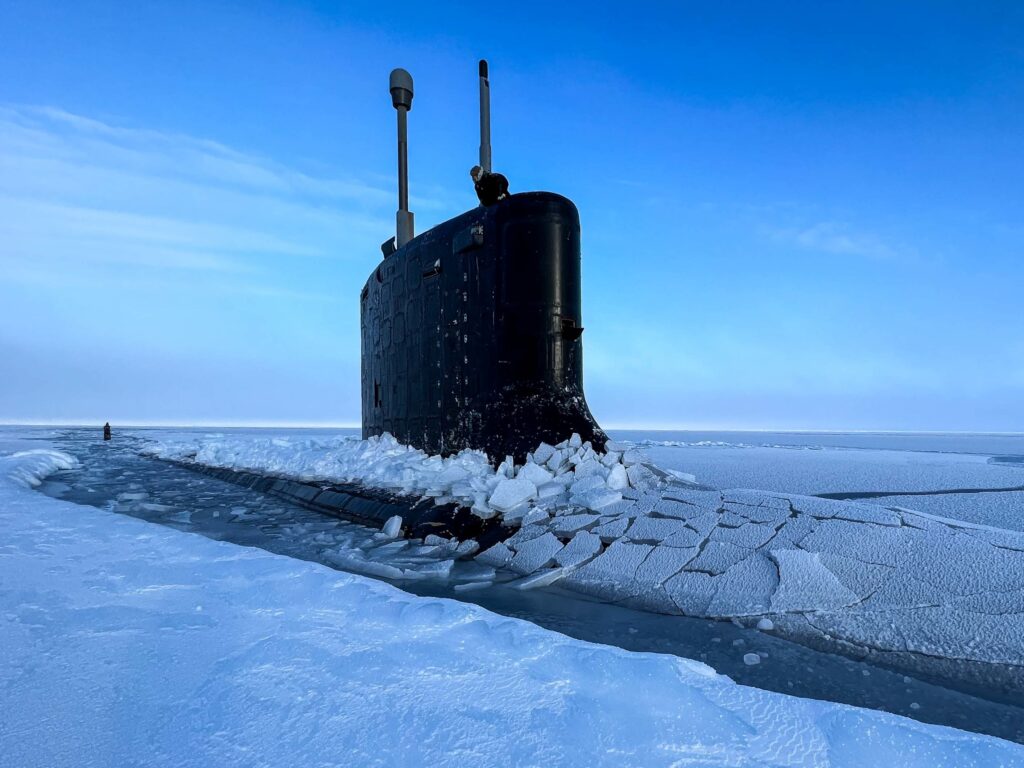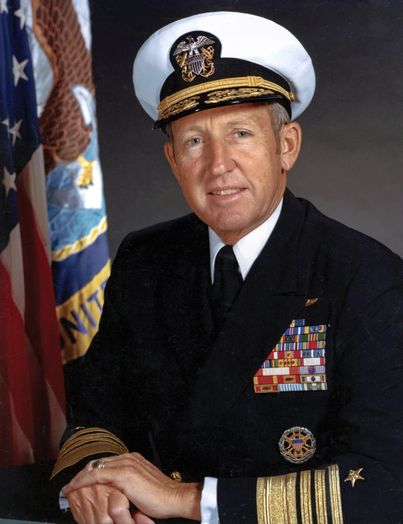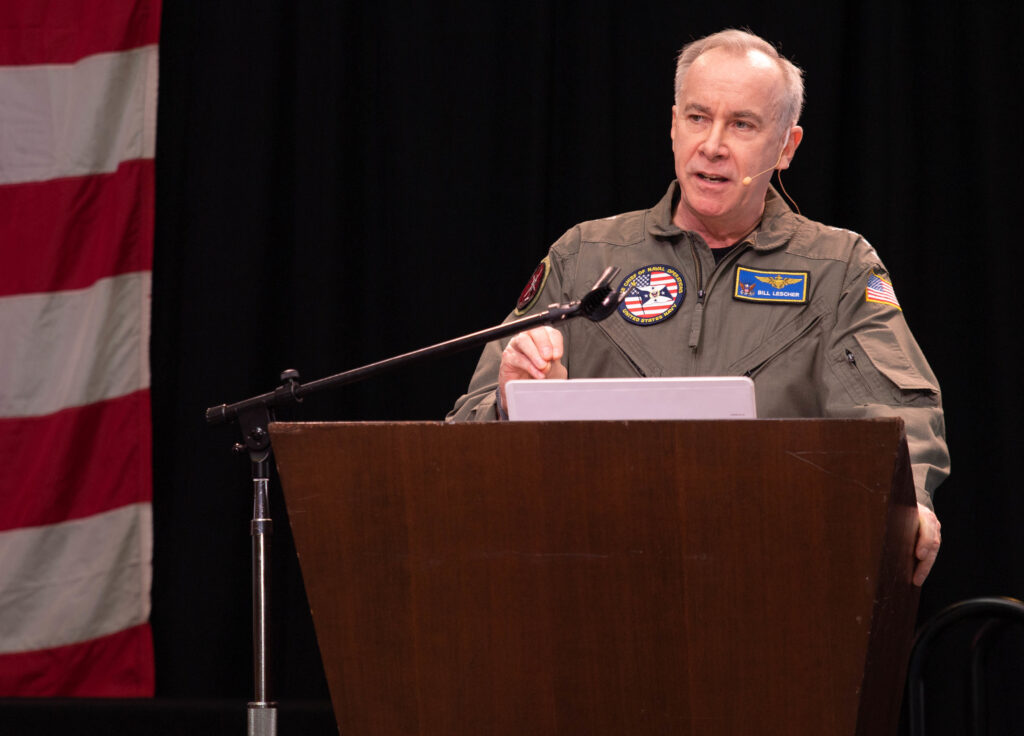SECDEF Orders Closure of Navy’s Red Hill Bulk Fuel Storage Facility in Hawaii

ARLINGTON, Va. — Defense Secretary Lloyd Austin III made the following statement March 7 announcing the decision to close a Navy petroleum storage facility near Pearl Harbor, Hawaii, which recently leaked and affected the Navy’s drinking water system for the area:
“After close consultation with senior civilian and military leaders, I have decided to defuel and permanently close the Red Hill bulk fuel storage facility in Hawaii.
“This is a multi-step process. Throughout the process, we will work closely with the Hawaii Department of Health and with the Environmental Protection Agency to safely defuel the Red Hill facility. No later than May 31, the Secretary of the Navy and Director of the Defense Logistics Agency will provide an action plan for safe and expeditious defueling of the facility, with a completion date target of 12 months. Then, as soon as we have made corrective actions to ensure that defueling will be safe, we will begin defueling. Then we will move to permanently close the Red Hill facility, including conducting any and all necessary environmental remediation around the facility.
“This is the right thing to do.
“Centrally located bulk fuel storage of this magnitude likely made sense in 1943, when Red Hill was built. And Red Hill has served our armed forces well for many decades. But it makes a lot less sense now. The distributed and dynamic nature of our force posture in the Indo-Pacific, the sophisticated threats we face, and the technology available to us demand an equally advanced and resilient fueling capability. To a large degree, we already avail ourselves of dispersed fueling at sea and ashore, permanent and rotational. We will now expand and accelerate that strategic distribution.
“Moreover, when we use land for military purposes, at home or abroad, we commit to being good stewards of that resource. Closing Red Hill meets that commitment.
“We will continue our work with the Hawaii Department of Health, national and local elected officials, and other community leaders, to clean up the water at the Red Hill well. And we will develop an environmental mitigation plan to address any future contamination concerns. When we begin to consider land-use options for the property after the fueling facility is closed, we will stay in lockstep with communities in Hawaii. Nothing will be decided without careful and thorough consultation with our partners.
“The same goes for our workforce and their families. Your health has been impacted, your lives and livelihoods have been disrupted, and in many cases, your very homes have been rendered unavailable to you. We owe you the very best health care we can provide, answers to your many questions, and clean, safe drinking water. Quite frankly, we owe you a return to normal. And you have my commitment to that end.”
Throughout this process, and moving forward, we have remained grateful for the partnership and guidance of our federal, congressional, state, and community stakeholders. These consultations, which will continue, have both informed and strengthened our planning, and we are deeply appreciative of this support.
I set about achieving three priorities when I took this office: defend the nation, take care of our people, and succeed through teamwork. I believe my decision to shut down the Red Hill bulk fuel storage facility aligns with all three of these priorities.








